Exploring Houses that Burned Down 900 Years Ago
Archaeological Studies in Northeast Asia @ Hokkaido
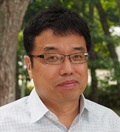
Contributed by Toshiaki Kumaki (from Tokyo)
Associate Professor
Tokoro Research Laboratory, Graduate School of Humanities and Sociology (Japanese language only)
The Satsumon culture, which flourished in Hokkaido from the Asuka to Kamakura periods, got its name from Satsumon pottery, a type of earthenware with distinctive brush-mark (satsumon) patterns created by scraping the surface with a wooden board. Twenty years ago, Professor Kumaki moved to Kitami City, an area that has yielded a treasure trove of archaeological sites from those periods, and has been undertaking excavation and research activities there ever since. Here, he speaks about the great joy of conducting archaeological research into ancient sites.
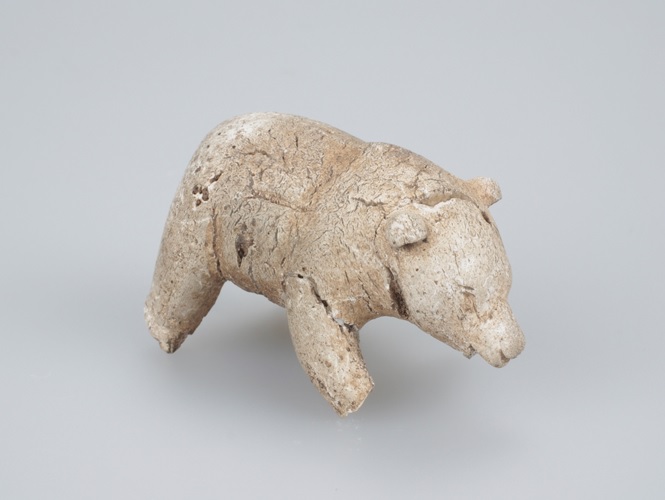
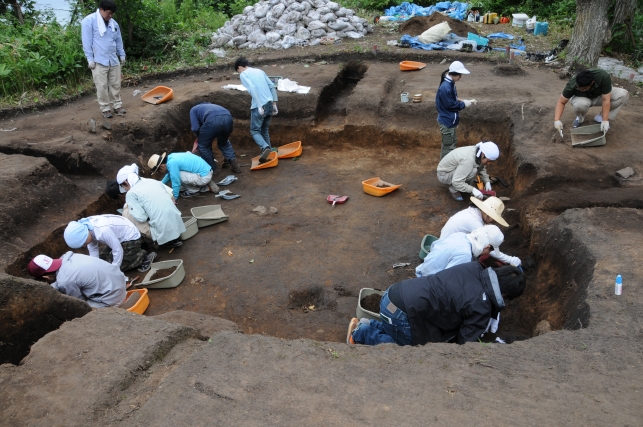
As someone who spent his childhood in Tokyo and preferred being indoors, the idea of discovering such things was nothing but a fantastical notion, with zero relevance to my own life. In my mid-20s, however, I began to explore the world of archaeology. As a result, I have now found myself in the northernmost part of Japan surrounded by sites and artifacts for 20 years already. In my teens, I never would have imagined that I would lead such a life.
The Tokoro Research Laboratory, where I carry out my research, is located in Tokoro Town, Kitami City in the eastern part of Hokkaido. The facility is situated by the mouth of the Tokoro River, which holds a treasure trove of sites. There are as many as 3,000 pit-dwellings built 900 years ago or more that remain in a recessed state as they did not get buried entirely. Every summer, I spend a month excavating the sites with undergraduate and graduate students who specialize in archaeology. This is the biggest event in my annual research plan.
I am currently working on the excavation of Satsumon culture pit-dwellings from the 12th century at the Oshima 2 site in Kitami City. The inhabitants intentionally burned down their homes as they moved, so the wooden materials on the upper parts of the dwellings have been found in a carbonized state. Traces of the ritual conducted when the dwellings were burned down have also been discovered. At the excavation site, we are continually faced with decisions that must be made under time and budgetary constraints, such as about how to record and recover the large amount of carbonized materials, and about which of the remains need to be cataloged in detail as those used in the ritual. We can decide on what survey and verification processes to use based on a deep understanding of the housing structures and rituals of the Satsumon culture gained from past research. However, we do find unexpected items from time to time that take us by surprise and make us feel at a loss as to what to do next. This sense of raw presence and tension evoked through the repeated process of prediction and verification, as well as the excitement of new discoveries, is what makes excavations interesting. The Tokoro Research Laboratory is equipped in such a way that enables me to make and carry out an activity plan every year, which is a rare and fortunate environment for archaeologists.
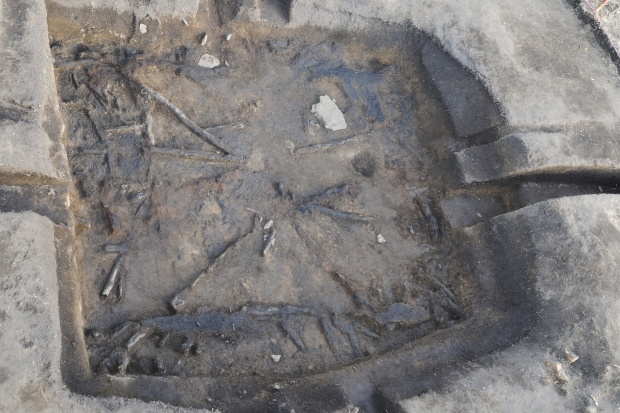 Unearthed carbonized materials from the pit-dwelling ruins of the Satsumon culture. The pole-shaped materials laid out in a radial pattern seem to be roof rafters.
Unearthed carbonized materials from the pit-dwelling ruins of the Satsumon culture. The pole-shaped materials laid out in a radial pattern seem to be roof rafters.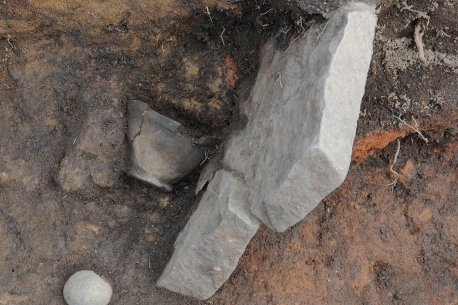 Traces of the ritual detected by the side of the cooking range found in the pit-dwelling ruins. The cooking oven was destroyed when the dwelling was abandoned, with a small pot and obsidian being intentionally placed in the spot.
Traces of the ritual detected by the side of the cooking range found in the pit-dwelling ruins. The cooking oven was destroyed when the dwelling was abandoned, with a small pot and obsidian being intentionally placed in the spot.
On a personal note, I have recently started to identify myself as a local citizen of Tokoro. This is partially due to my responsibility as a UTokyo faculty member to engage in collaboration between the University and local communities, but there is more to it than that. The abundance of untouched sites that spread before me; the freshness of the early summers; the chills in the extreme winters; the wealth of food like oysters and scallops; the inconvenience of information, distribution and medical services; the sense of nostalgia created in the space between hometown and adopted land; the sentiments of the local people supporting the Laboratory… It is the feeling that arises from all of these combined. The environment surrounding the region is to become increasingly challenging, but I am proud to be a citizen here, and want to continue my research on this very land.
Note: This article was originally printed in Tansei 35 (Japanese language only). All information in this article is as of September 2017.







